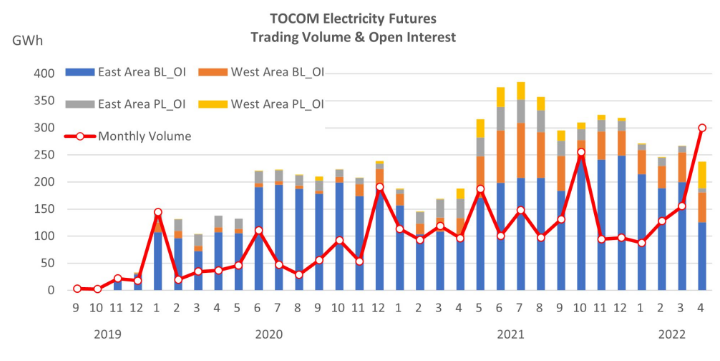TOCOM Energy
Oil Markets Struggle To Overcome Bearish Sentiment, economic concerns remain
Crude oil market ended last week little changed, oil markets have come under pressure due to lingering banking concerns, worries over the US debt ceiling and questions growing over how strong a Chinese recovery we are seeing.
Middle East benchmark Dubai crude was down by more than 15% from month-ago levels, prompting speculation that the OPEC+ producer alliance is planning to take further action when it meets in early June. However, Iraq does not expect OPEC+ to make further cuts to oil output at its next meeting in June, its oil minister said, in the first indication from an OPEC minister about a potential decision as oil prices slide, so far there have been few clues on the 4 June in-person meeting in Vienna.
At the macroeconomic level, reaction to latest US inflation data was mixed, headline CPI cooled to 4.9% y-on-y last month, down from 5% in March, although it came in below expectations, it remains worryingly high. However, the cooling in inflation does give the Fed room to consider a pause in the June meeting.
A debt ceiling meeting between US President and the top congressional leaders has been delayed until this week. Just as Treasury Secretary Janet Yellen warned that failure to hike the debt ceiling would cause an “economic catastrophe”, Washington’s standoff over the debt ceiling continued to cast a shadow on oil markets, a potential trigger for greater volatility in oil markets in the near term. However, financial markets this week seems more upbeat on the prospect of Washington reaching agreement on the debt ceiling.
On oil fundamentals, EIA expect the seasonal rise in oil consumption and a drop in OPEC crude oil production to put some upward pressure on crude oil prices in the coming months. The International Energy Agency has raised its oil demand forecast for this year by 200,000 bpd on record demand in China, demand is forecasted to outstrip supply by 2m bpd in the second half of the year. OPEC’s global oil demand forecast for 2023 was held steady for a third month, and also further raised its forecast for Chinese oil demand growth in 2023. China’s consumption recovery will be the key focal point for oil markets for the rest of the year, so recent weaker economic data from China also weighed, casting doubt over the pace of its economy recovery.
On the physical market, recent days there has been a recovery in gasoline and diesel crack spread, However, the recent rally in diesel cracks, which have risen for the first time since early March, should not be expected to continue, the situation is fluid with none of the demand center showing particularly strong signs of demand and we instead see something of a race to the bottom to avoid receiving surplus barrels. If demand isn’t sufficient to keep margins afloat, refiners that have enjoyed strong profits in recent years will consider cutting output.
While recessions and oil demand are difficult to predict, market watchers are keeping a close eye on the market structure or intermonth spread. The advantage of analyzing inter-month spreads is that changes in market fundamentals will likely be reflected in the spreads. As the intermonth spread of major oil benchmarks remain weak since last month, any recent rally in flat prices should be treated with caution.






